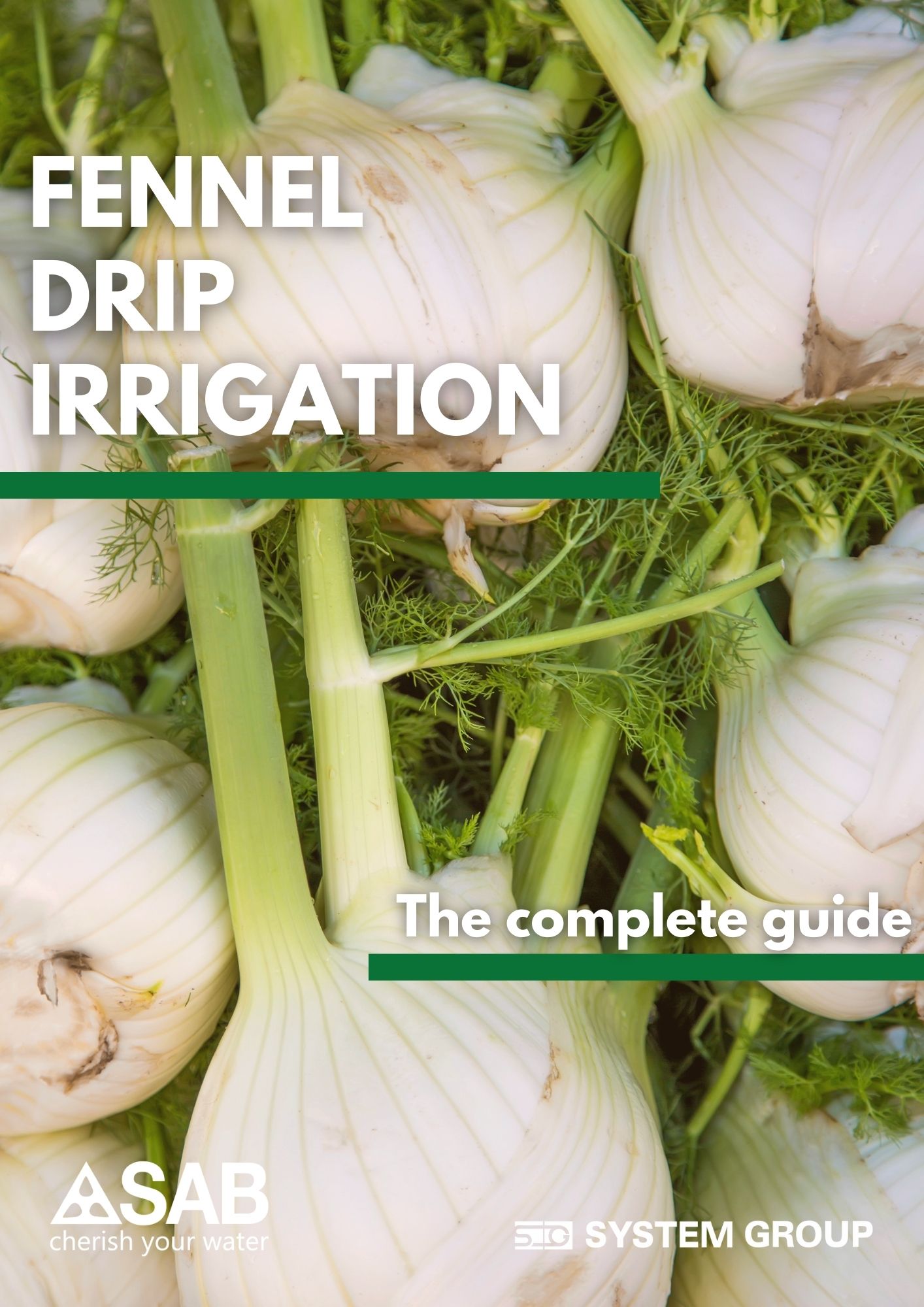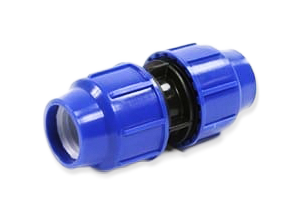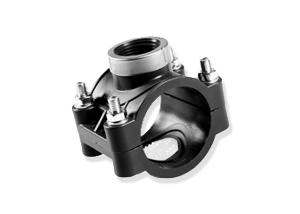Fennel production
Among the main fennel producers there is Italy, which accounts for 80% of the global market. The main production is in these regions: Puglia, Calabria, and Abruzzo. Italy is followed by India, Turkey and Morocco, which contribute to the remaining supply.
Fennel characteristics
Fennel is an herbaceous plant with a biennial or perennial life cycle. It stems from the Umbelliferae family, which belongs to the Foeniculum gender. Its cultivation in Italy is organized in order to produce it all year round, even though it is usually an autumn-winter crop.
Roots: they are robust and quite big; they tend to anchor to the ground well and they are superficial.
Stem: it is erect, pulpy and branched; it is green and it can reach up to a 2-meter height. Also called basal disc, it is the grafting point of the leaf sheaths that are the edible part, just above the roots, with a thickness of a few millimeters.
Leaves: they are very thin and are composed by three rows of leaflets and are plume-shaped.
Flowers: they are umbrella-like inflorescences with yellow small flowers that blossom during the summer.
Seeds: they are small, curved and green streaked which later become brown.
Clump: it is what is commonly referred to as fennel; this develops at the base of the plant and is composed by a series of white and pulpy leaf sheaths. All these sheaths thicken around a short stem. It is popular belief that there is a difference between hearts based on their shape. Those with a more rounded shape are regarded as males and look more suitable to be eaten raw, whereas those with a more elongated shape are the female hearts and are consumed cooked
Climate: fennel adapts to various climates, even though it prefers temperate climates, since too high temperatures slow down the formation of the heart or the fennel might be blocked by an early development of flowers. Too cold temperatures, too, may cause damage to the plant; indeed, fennel stops growing below 4°C.
Soil: it is recommended to use a loose and fresh medium-texture soil. The soil also needs a good amount of organic material.
Soil preparation: it is important to work the soil well. Therefore, we recommend a digging that makes the soil well loose and drained. In case of clay and compact soils, it will be necessary to improve the soil structure by mixing it with a light soil.
Plant care: a practice used during the growing of this crop is the whitening of hearts: these are reinforced 3-4 times, so the soil covers much of the heart. Moreover, this technique reduces the development of weeds

Fennel varieties
There are different varieties. Some of them are grown with an annual cycle; some other with a biennial cycle. Fennel can also be perennial and its most grown varieties can be grouped in two categories: sweet fennel and bitter fennel.
Sweet fennel
It is characterized by a very sweet and delicate flavor and is usually grown for its heart, since this is more suitable to be consumed as a course. The seeds and leaves of this category are rejected, as they do not have a strong essence and are less rich in active substances. Some varieties of sweet fennel are the Fennel of Florence, the Giant of Naples, the Fennel of Parma, the Fennel of Tarquinia.
Bitter fennel
Its flavor is much stronger and more intense; indeed, this fennel is grown for its seeds, sprouts and leaves that are used to prepare herbal teas, liquors, and cured meat. Bitter fennel has a good frost resistance, so it can have a longer cycle. Indeed, it is also called wild fennel, because, in addition to being grown, it can be found everywhere where it grows spontaneously. Among its varieties, there is the “Finocchiella”, which grows at high altitudes, and the sea fennel.
Download our guide on fennel drip irrigation
How to irrigate fennels
Irrigation is an essential practice for this crop, especially in the very first phases because the plant still has to develop completely and it is more sensitive to water shortages. Furthermore, the water demand of fennel is quite high, and this makes irrigation even more important. This crop fears stagnation because its heart, being in contact with soil, might incur fungal diseases. Moreover, high water amounts could create cracks or flattening of hearts. Drip irrigation is recommended for fennel because it ensures a correct water supply without excess.

Download our guide on fennel drip irrigation
I prodotti dell’Irrigazione a Goccia
- RioFlex – Polyethylene layflat hosePamela Pascucci2023-03-07T08:55:40+01:00
RioFlex – Polyethylene layflat hose
- Blueseal16 – made in Italy best compression fittingsmcgroup2023-05-09T16:44:53+02:00
Blueseal16 – made in Italy best compression fittings


























